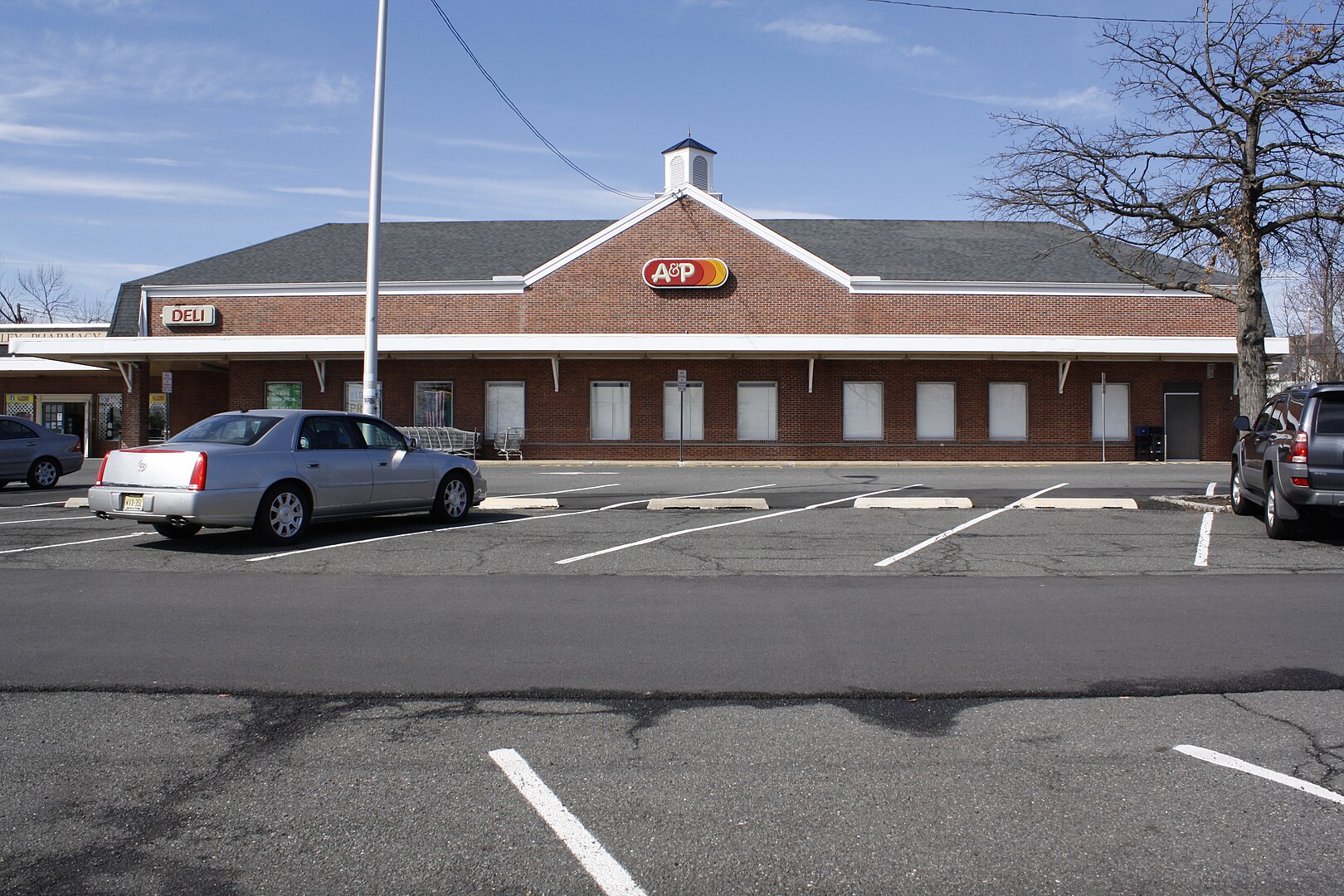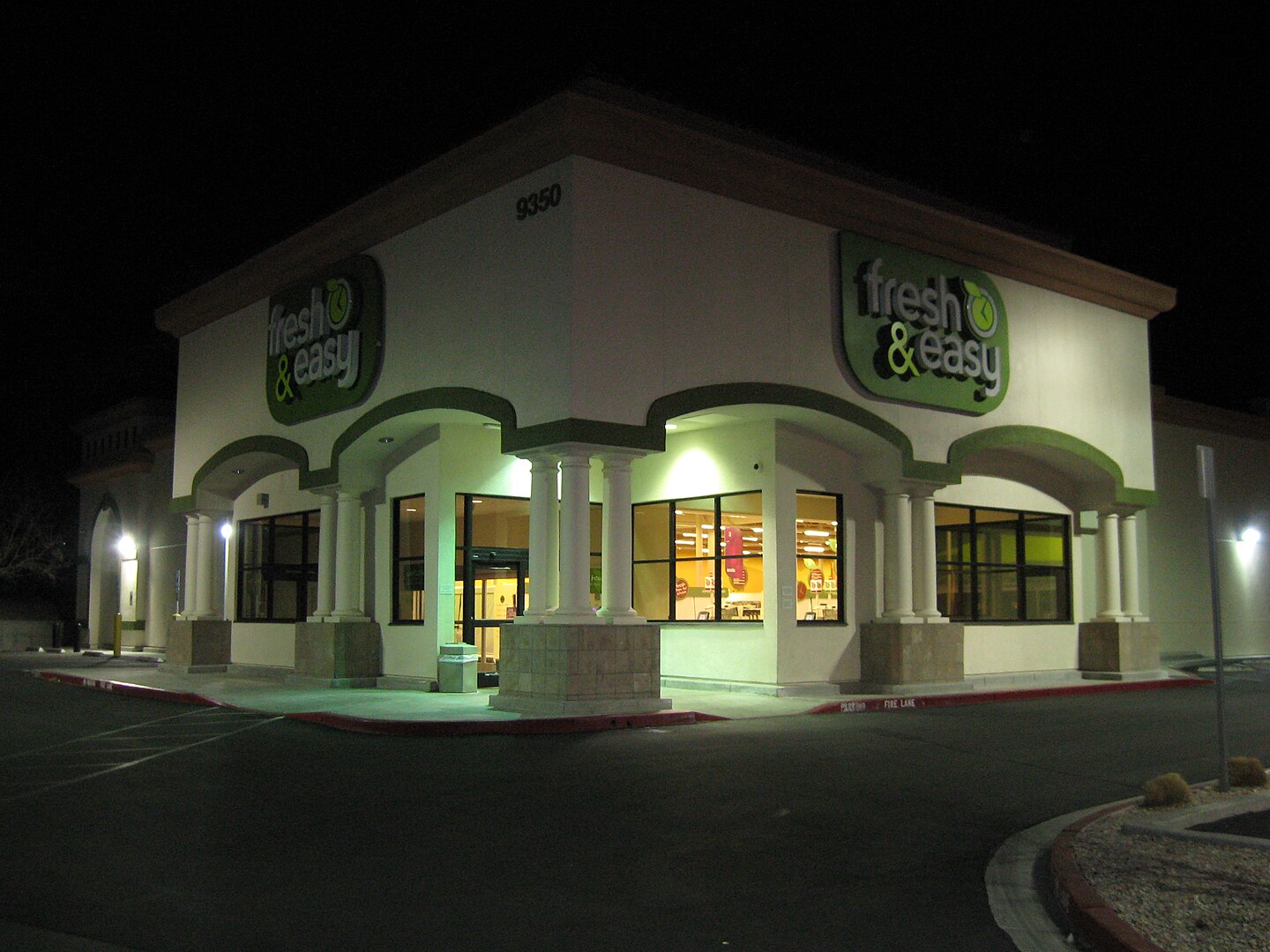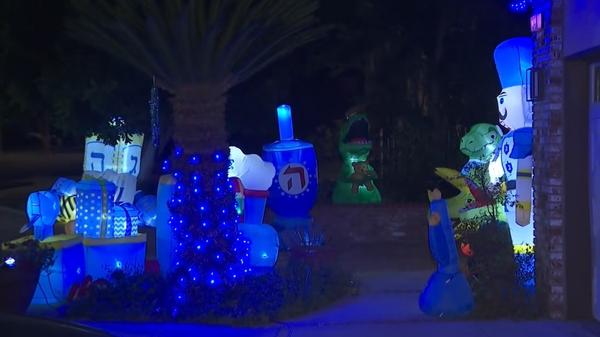It wasn’t that long ago when families had their go-to neighborhood supermarket—usually a familiar name passed down for generations. But behind the shopping carts and paper bags, the grocery industry has seen a wave of mergers, buyouts, and closures that quietly erased some of America’s most beloved brands. These defunct grocery stores once served millions, but today, they’re little more than a memory. Whether they were bought by bigger chains or swallowed up in corporate shakeups, their names have all but disappeared from storefronts. Here are seven grocery chains that were once local legends—until they were bought and forgotten.
1. A&P (The Great Atlantic & Pacific Tea Company)

Once the largest grocery chain in America, A&P was a household name throughout the 20th century. With its roots dating back to 1859, it boomed through the mid-century with thousands of locations across the country. But shifting shopping habits, stiff competition, and outdated stores caused it to struggle. It was bought and reorganized multiple times before finally closing all its stores in 2015. Despite its historic status, A&P now lives only in the memories of long-time shoppers and vintage advertisements.
2. Safeway Eastern Division
While Safeway is still a recognizable name on the West Coast, its Eastern Division was a different story. Operating stores in the Mid-Atlantic region, this arm of the brand was acquired by Albertsons, which later chose to shutter or rebrand many of the stores. Loyal customers who shopped at their neighborhood Safeway in Maryland or D.C. slowly saw those stores vanish. Though technically “absorbed,” the Eastern Division’s distinct local identity was lost. It’s a prime example of how corporate mergers can dissolve regional connections.
3. Dominick’s
Chicagoans still remember Dominick’s as their go-to grocer for decades. Founded in 1918, the chain thrived through family ownership until being sold to Safeway in 1998. The acquisition led to operational changes that alienated longtime shoppers, and the brand struggled to compete with hometown favorites like Jewel-Osco. In 2013, Safeway closed the remaining Dominick’s stores. Though some locations were taken over by Mariano’s or Whole Foods, the Dominick’s name disappeared almost overnight—leaving behind a legacy few chains have replicated.
4. Food Lion’s Bloom
In the early 2000s, Food Lion experimented with an upscale brand called Bloom aimed at younger, trendier shoppers. Stores were designed with a sleek layout and technology-driven conveniences like personal scanners. But despite positive feedback, the concept never reached widespread success and was quietly discontinued in 2011. Most Bloom stores were either converted back into Food Lion locations or closed. Today, Bloom is one of those defunct grocery stores that vanished with barely a whisper, even though it once aimed to revolutionize shopping.
5. Winn-Dixie (In Certain Regions)
Winn-Dixie still operates in the South, but it’s no longer the powerhouse it once was. At its peak, the chain had a strong presence across much of the southeastern U.S. However, years of financial instability and a Chapter 11 bankruptcy in 2005 led to store closures and sell-offs. Many locations in areas like Texas and the Carolinas were sold to competitors or simply shut down. While the name lives on, large swaths of the country now remember Winn-Dixie only as a part of their grocery store past.
6. Alpha Beta
This quirky California-based chain was known for its alphabetically organized aisles—hence the name Alpha Beta. Founded in the early 20th century, it became a popular West Coast staple before being acquired by American Stores in the late 1980s. The brand was later phased out in favor of Lucky and Albertsons, effectively erasing Alpha Beta from the map. For many West Coasters, shopping at Alpha Beta was a childhood tradition that disappeared without much fanfare. Today, it’s a nostalgic name that collectors still love to wear on vintage grocery tote bags.
7. Fresh & Easy

Fresh & Easy was a bold attempt by British retail giant Tesco to break into the American market in 2007. The chain promised affordable groceries in smaller-format stores with a European twist. But American shoppers didn’t warm up to the concept, and Fresh & Easy struggled with branding, pricing, and understanding local consumer preferences. It filed for bankruptcy in 2013, and its remaining stores were sold or closed by 2015. Despite heavy investment, Fresh & Easy quickly became one of the most high-profile defunct grocery stores in modern history.
Supermarket Shelves Change, But Memories Last
These grocery chains may have vanished from street corners and shopping centers, but they remain etched in the minds of the communities they once served. Whether they were replaced, rebranded, or simply pushed out by larger competitors, each of these defunct grocery stores played a role in shaping regional shopping culture. Their checkout lanes may be closed, but their legacies still live on through local stories, nostalgia, and even the occasional logo spotted on a thrifted apron or reusable bag.
Did you grow up shopping at one of these forgotten grocery stores? Share your memories in the comments—we’d love to hear what you miss the most!
Read More
10 Retail Chains That Cut Wages While Raising Prices
10 Retail Chains No Longer Catering to Middle-Class Shoppers
The post 7 Grocery Chains That Were Bought and Forgotten appeared first on Grocery Coupon Guide.







